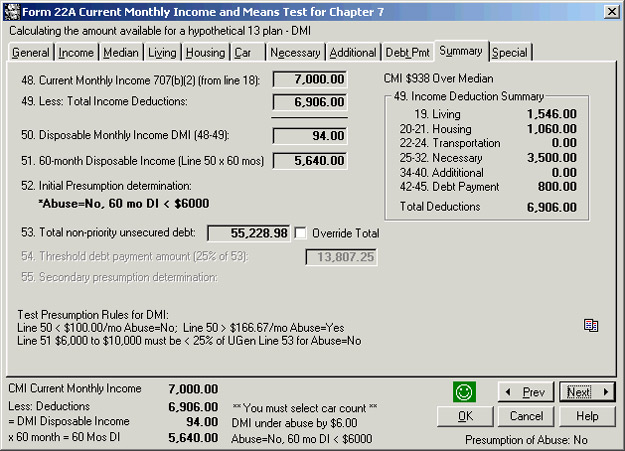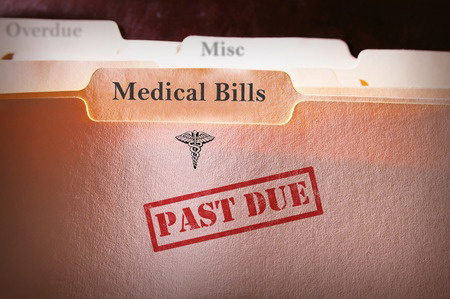
The U.S. and global economies constantly fluctuate, because what goes up must come down, and vice versa. The reasons for recessions vary, but the results are the same in that people suffer regardless of the causes.The Great Recession a decade ago, which caused over eight million people to lose their jobs, resulted in a huge number of business and personal bankruptcies. The current looming recession will probably not be nearly as severe, but the results will still be painful for those personally affected.
Baby Boomers All Grown Up
Recent articles suggest the people who will be most negatively affected by the next recession will be the elderly and those heading into retirement. That will be a lot of people, because 10,000+ people retire daily these days, which is twice as many as 20 years ago. That rate will peak at 12K per day in about a decade, when all baby boomers will have reached age 65.
Baby boomers have high debt compared to the previous generation. Late boomers have higher debt than middle boomers, who have higher debt than early boomers. This pattern is contributing to a situation in which many elderly adults will be forced to rely on food stamps and low-income subsidies to make ends meet.
Another inevitable result is that many seniors and retirees will turn to bankruptcy as a last-ditch effort at financial survival.
Times Have Changed
In 1991, two percent of U.S. bankruptcy filings were by people over 65. By 2016, that rate was 12%, while the population growth of that group only grew 2.3%, from 17% to 19.3% – a 9.7% imbalance.
The decline in corporate worker pension plans leaves retirees with less fixed income and higher health care costs to cover. Those costs are continually rising at over 10% annually. This is a recipe for serious financial issues for a large segment of society who are entering a more-vulnerable time of life.
The recipe includes ingredients that include a rise in healthcare costs from 5% of U.S. GDP in 1960 to 18% in 2017, with cost increases expected by about 1% annually in the next decade. Income for retirees could also be negatively impacted by 401(k) retirement plans that fluctuate with the stock market.
If a person’s health is, or becomes, a major issue, which is somewhat inevitable as we age, disability payments may help cover the ever-rising cost of living for those eligible. Otherwise, seniors will need to budget for medical costs not paid for by Medicare, supplemental drug coverage, or secondary insurance policies.
Many reasons exist to explain how we, as a progressive and prosperous nation, find ourselves in this position, but that is for historians and economists to ponder – and hopefully fix – for future generations.
Retirement Retired for Many
It’s too late to point fingers of blame. And it’s too late to find a quick fix for those hard-working Americans who are or will soon be “in retirement” without a sufficient retirement financial plan. The only apparent financial solution for individuals without any serious health issues is to continue working long past the official retirement age.
Many elderly individuals will never actually retire to the life of leisure they dreamed would be at the end of their career. They will still need to work, usually at low-wage jobs, to make ends meet.
If you’re retired or approaching retirement, and you’re still paying off a lot of debt — and adding monthly interest onto that debt — you need to think seriously about the long-term financially reality of your situation.
The burden of aging is bad enough. The additional burden of living on a fixed income sinking into a sea of debt is crushing. If you’ve started taking Social Security before age 70, you’ve taken another blow below the financial belt. If you can wait until 70, you will receive much more each year, so you should try to hold off until then if at all possible.
The current state of homelessness in America may just be the tip of the iceberg, if the nation does not find a solution to the situation a large portion of retirees face. The potential reality we may soon face as a nation is one in which a large portion of the baby boomer generation may be forced into bankruptcy as the only option to avoid a life of destitution.
An Option for Relief
Bankruptcy is usually an option of last resort. Careful consideration is warranted before you decide to file for bankruptcy. But after serious contemplation, you may not have any other viable options available to you.
The relief bankruptcy can offer is like having a mountain of weight lifted off your back. It can create the light at the end of the tunnel that leads you toward a future in which you can finally relax and enjoy the latter stages of your life.
Bankruptcy may be the only solution that allows you to enjoy retirement in a manner that at least somewhat resembles the dream you worked your whole life to achieve. Declaring bankruptcy is not a decision to be taken lightly, but it is a legal option built into our financial reason for a good reason.
Millions of people have taken advantage of the lifeboat that bankruptcy offers to those drowning in a sea of debt. It can help solve an otherwise unsolvable problem. If you head in that direction, you won’t be alone and you won’t have to face an uncertain future filled with financial fear.
To find out more about the possibility of a debt-free future, contact us to schedule a confidential conversation about your situation.
Reference Articles:
– Who Goes Bankrupt in America? Increasingly the Elderly
– What Happens to Your Retirement Plan Now That the Fed Lowered Interest Rates?
– Cutting Interest Rates Hurts Retirees the Most
– Why Are Americans Paying More for Healthcare?
– How Higher Interest Rates Impact Your 401(k)
– Americans are retiring at an increasing pace
– Baby boomers face more risks to their retirement than previous generations

